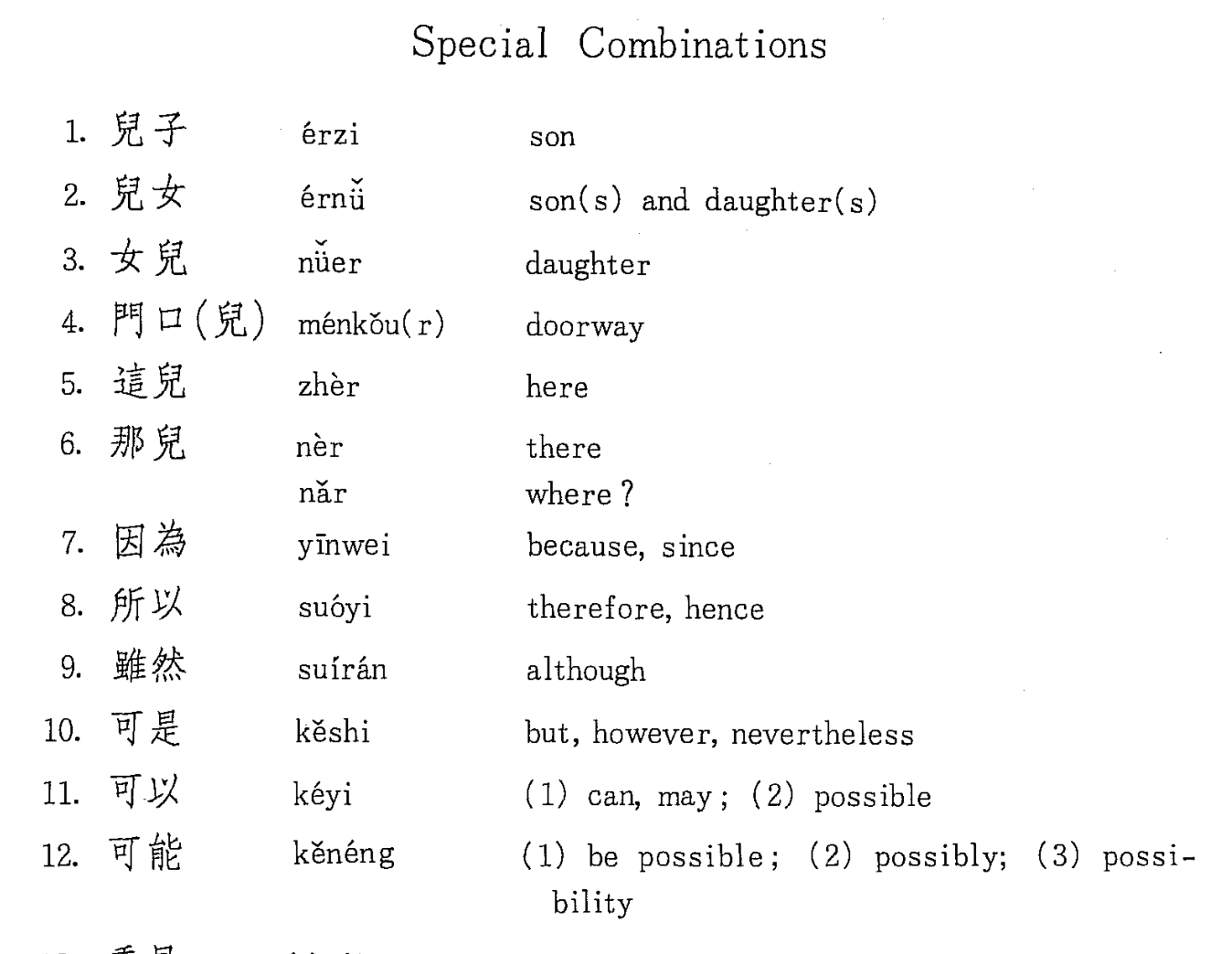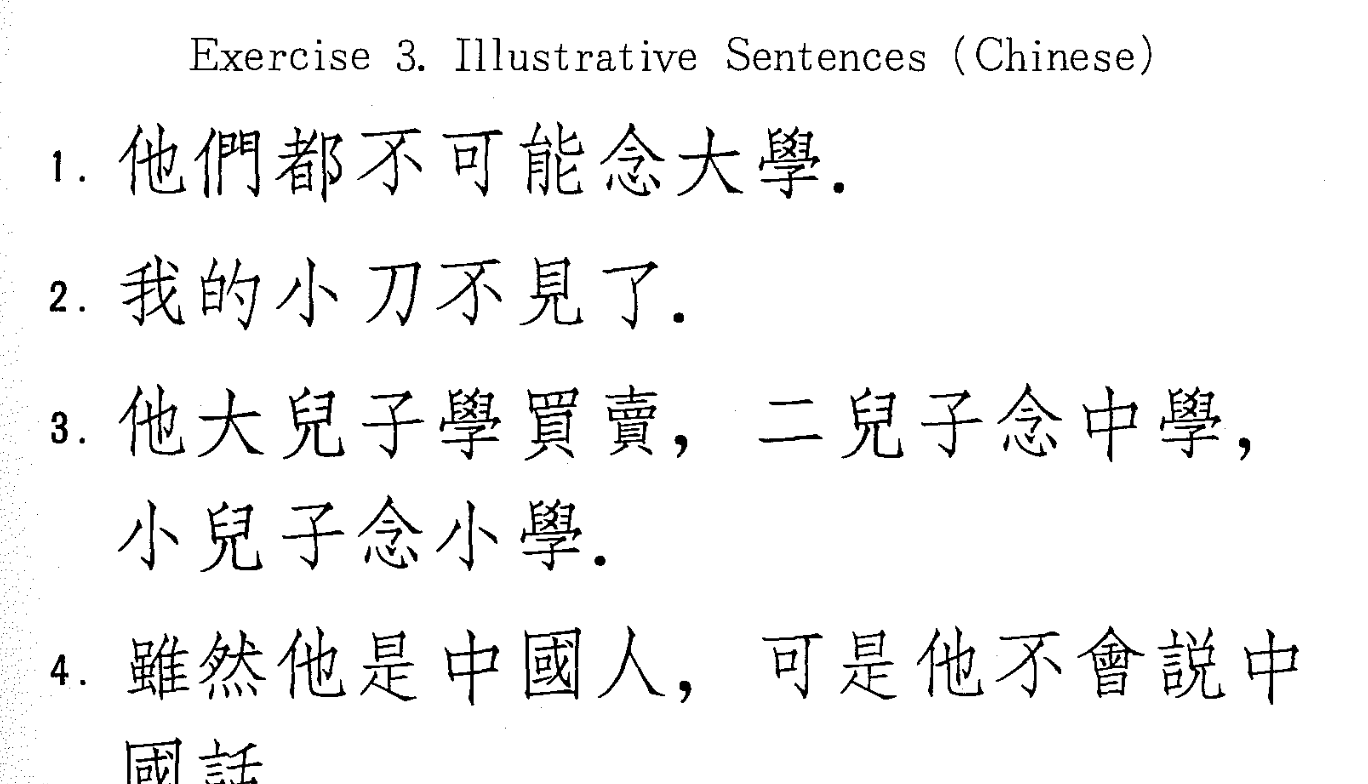DeFrancis Beginning Chinese Reader Review
 Kevin
\\
Kevin
\\
One of the classics of Chinese pedagogy is the DeFrancis series of Chinese readers, starting with the Beginning Chinese Reader.

It is really hard to understate the effect this graded reader had on me personally. When I started learning Chinese years ago, I went through this and the subsequent Intermediate Chinese Reader and was able to immediately start reading Chinese-translated manga without too much issue. I contribute much of my success in overcoming the “beginner hump” in Chinese to this series of readers by the late John DeFrancis.
In this article I’m going to briefly go over the basics of graded readers and why DeFrancis is perhaps the ideal graded reader. After that, I’ll cover some important essential points of consideration for those thinking about starting it. I’ll then explain in depth the main lesson structure of the reader series along with why it is so great.
Let’s dive in!
- The basics of graded readers
- Important points of consideration
- DeFrancis Beginning Reader lesson structure
- Conclusion
The basics of graded readers
If you are just starting learning Chinese, you may be wondering what a graded reader is. After all, the word “graded reader” misleadingly sounds like something that has built in tests that “grade” you. But fear not, this is not the case.
In actuality, the “graded” in “graded reader” refers to the fact that all content within it exists along a given “grade”, or “proficiency level”. This is essential for a language like Chinese, where learning a basic native text will require you to first learn thousands of Chinese characters. Instead, a graded reader will artificially limit the number of characters within the Chinese language text, allowing you to practice the skill of reading while only needing to know a certain amount of Chinese characters.
Most Chinese graded readers, however, still require you to know some Chinese characters beforehand. For example, the most basic will expect you to already know 150 or 300 characters before starting. Worst yet: unlike HanziHero, they won’t teach you any of those characters! You are entirely on your own.
DeFrancis: the ideal graded reader?
The Beginning Chinese Reader by John DeFrancis is unique in this regard. It assumes no pre-existing knowledge of Chinese or Chinese characters to start. Within each lesson it will first teach you a handful of new characters, then give you a selection of text that uses only the characters you have learned so far to practice reading Chinese.
In this sense, the Beginning Chinese Reader is an ideal Chinese reader. It will slowly, lesson by lesson, teach your 400 characters, 1,200 words, and allow you to practice reading 120,000 characters worth of Chinese text.
I consider it not only the single best resource for learning how to read Chinese, but perhaps one of the best resources of language pedagogy across any language. Yes, it is really that good.
Important points of consideration
Of course, no learning resource is ideal in all respects. Here are some additional points you will want to consider before diving in.
Uses traditional characters
The DeFrancis series of readers are fairly old. The first edition of the Beginning Chinese reader was published in 1966, only ten years after the first Chinese character simplification scheme was published by the PRC.
Due to this, the entire DeFrancis graded reader series, including the Beginning Chinese Reader, all use traditional characters.
This initially seems like a downside for those focused on learning Mandarin Chinese as it is used in China today. However, given that it teaches the characters to you slowly, and is perhaps the only graded reader that allows one to start from zero character knowledge, I think this is a fine trade off to make.
And as someone who lives in Taiwan where everything is still in beautiful traditional script, I think learning traditional script eventually is something most serious students of Chinese will want to do anyway.
Non-colloquial and dated phrasing
Chinese readers by their very nature use slightly strange or non-colloquial phrasing in order to limit the number of characters in the text. This is because some common phrases for a certain situation may use rare or not-yet-learned characters.
DeFrancis is no exception to this general rule. In fact, given the age of these readers, much of the phrasing in the presented texts is also a bit dated as well.
However, we must keep in mind the main reason to use graded readers to begin with: to increase comprehension. While some phrasing may be non-colloquial or dated, each phrase is still completely valid Mandarin Chinese. In fact, nearly all educational resources by their very nature are necessarily not-quite-native in terms of phrasing and words used.
Use alongside an SRS for best results
DeFrancis teaches you characters alongside nearly each lesson. Afterwards, it presents text that allows you to practice reading those new characters alongside the characters you have already learned.
However, it is still easy to forget the characters you learn in previous lessons, especially if you go through the text at a slow pace.
I recommend you use an SRS alongside the book for best results. HanziHero has a built-in SRS that may fit the bill. With our character prioritization feature, you can prioritize each character you learn in DeFrancis within HanziHero, allowing you to learn the components within it as well!
Audio included!
The DeFrancis series of graded readers also has free recorded audio available online that you may want to look into.
I myself did not use the audio recordings at all when I went through the series, but many who I recommended this series to have used these recordings with success. In fact, if you are not familiar with pinyin and how it should be pronounced, I think the audio may be essential!
DeFrancis Beginning Reader lesson structure
Now that we have covered the basics, let’s dive into how each Beginning Chinese Reader (non-review) lesson is structured.
A: New characters
At the beginning of each lesson, ten new characters will be introduced.

Here you will see the form of the characters, followed by the various definitions and pronunciations for each character. This part is pretty straight forward. Simply learn the definition and pronunciation of each character. If you use an SRS like HanziHero, now is a good time to input it into the SRS so you don’t forget these new characters.
B: New combinations (words)
Alongside the characters, DeFrancis will show all “combinations” of those characters.

Most of these combinations are simply words, while some may be grammatical combinations as well.
C: Dialogues
Most lessons also have a dialogue section, allowing you to read Chinese as it is spoken.

Most languages, Chinese included, have a slight divergence in how it is written and spoken. After all, in English we would never say the words “to whom it may concern” aloud, but would often write and read that same phrase.
These dialogue sections allow you to get a feel for how Chinese is spoken, and how the characters you learn map to that spoken language.
D: Illustrative sentences
The highlight of each lesson, in my opinion, is the illustrative sentences section. Here you will find some illustrative sentences that demonstrate how the new characters you learned are used in practice.

More importantly, each of those illustrative sentences also have an English translation towards the end of the lesson to allow you to check your understanding. How’d you do?

I would try to really understand each of these thoroughly, as it is the only part of the lesson that really allows you to double check you are understanding correctly.
E: Buildups and pitfalls
Speaking of understanding, some lessons will also contain “buildups” and “pitfalls”.

Buildups shows how characters can slowly be combined, with each additional character slightly changing the overall meaning of the phrase. This helps you get a feeling for how characters function as they combine to form words and grammatical structures.

Pitfalls pinpoint on the subtleties of how characters combine to demonstrate how similar characters can combine in ways that have completely different meanings.
F: Narratives
The majority of text to read in the lesson come in the narrative section.

In the earlier part of the book, each narrative will be quite short. But as more words are learned, the narratives get longer and longer. Before you know it, you will be reading and understand many-sentence long narratives in Chinese. How cool is that!
DeFrancis also underlines all names within the text. This is very useful as it allows you to understand when a character is used for its meaning, and when it is used as part of a name or surname.
Conclusion
If you are trying to learn how to read Chinese, I recommend you to start with the Beginning Chinese Reader. I know it works, because it was the ramp that allowed me to get to where I am today: easily reading hundreds of pages a week of Chinese history books without much sweat.
Of course, using this reader will only get you so far. The entire series only has 1200 characters in total, which pales in comparison to the 3,000+ you need to know. But it will teach you how to read Chinese, allowing you to slowly learn more Chinese characters with a platform like HanziHero at a later point.
